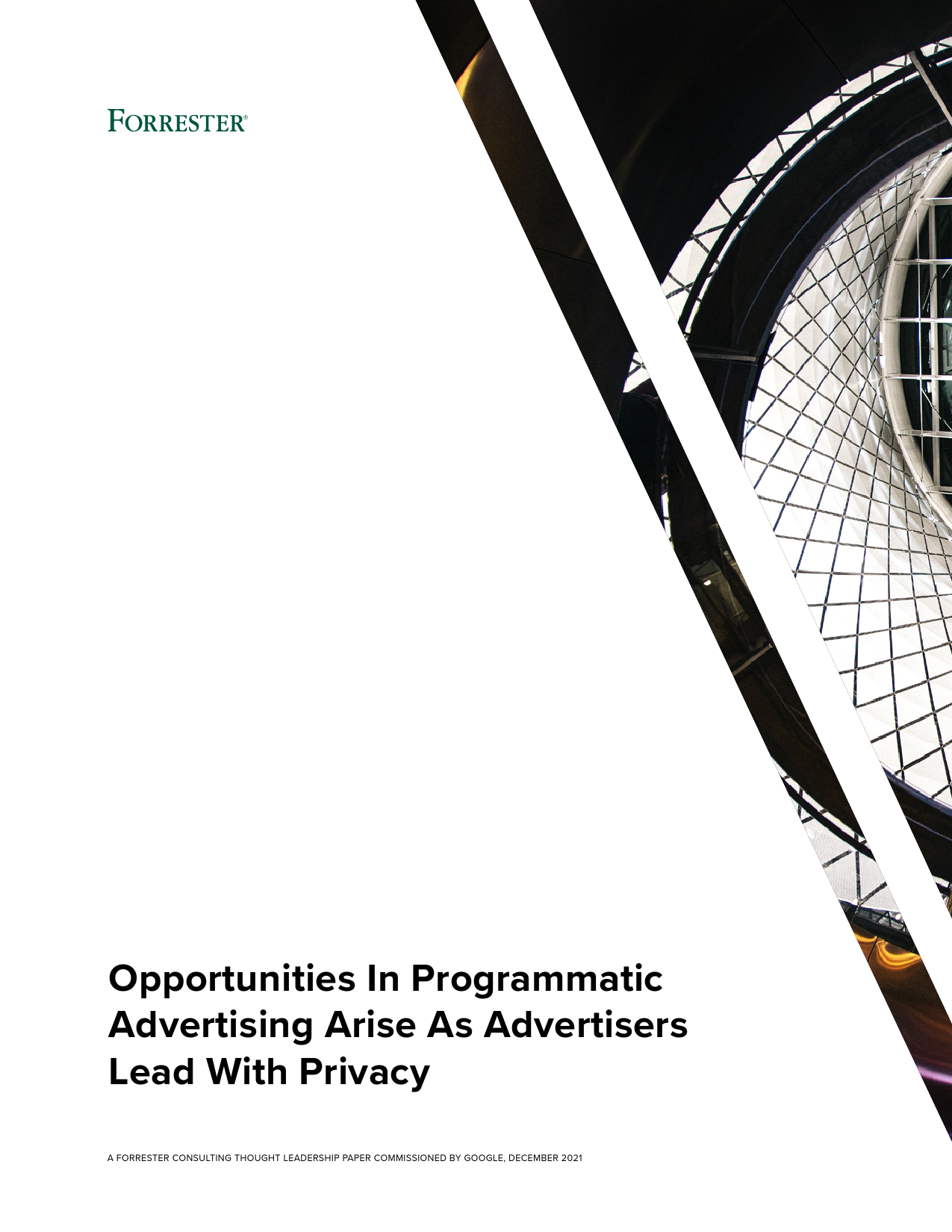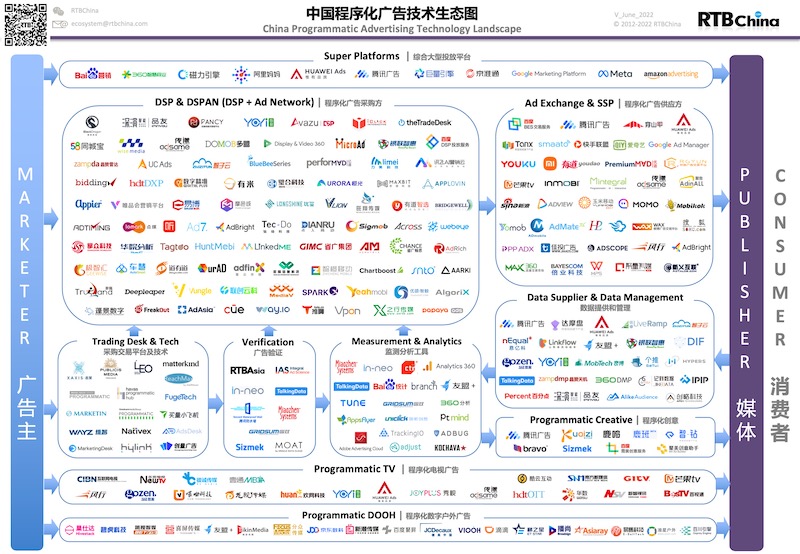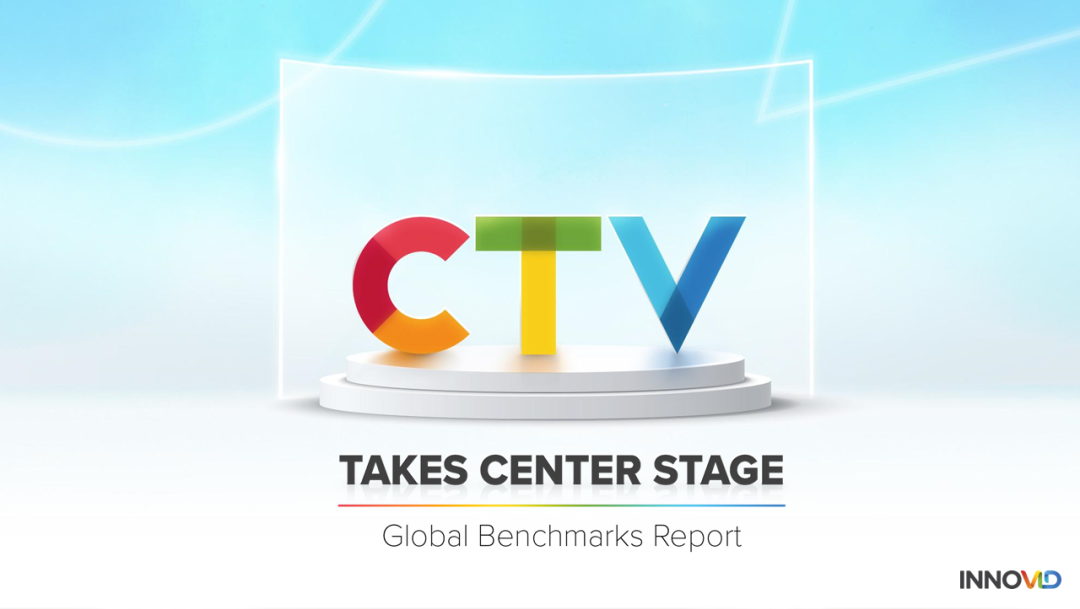 [原文:Why There’s Still a Market for Online Ads No One Sees? Because they are cheap. via Bloomberg.com ]
[原文:Why There’s Still a Market for Online Ads No One Sees? Because they are cheap. via Bloomberg.com ]前几天广告科技公司 AppNexus 宣布了一项他们认为重要的重大创新:即日起将只对确实被用户看见的数字广告收费。对于那些对程序化广告不熟悉的商家而言,这项决策似乎是一次入场邀请券。他们可以尽情试用数字广告那些复杂的目标客户追踪定位方法,然后找出能被用户看到的最佳推广方式。但大多数行业研究结果表明,只有一半的数字广告是被真实的顾客看到,其他的都只是扑了个空。
无独有偶,AppNexus 并非唯一一家想到要这么做的公司。上个月 Google 宣布,所有使用 Google Display Network(谷歌展示广告平台)推广,却没有被真实用户看到的广告都将不计入收费,而且本周它将让第三方监测再度审查 Google 在 YouTube 上投放的广告可见度。Facebook 最近也下了异曲同工的一步棋。随着越来越多的广告公司加入,对无效广告进行收费的日子似乎即将终结了。
AppNexus 的首席执行官Brian O’Kelley对这一决策有他自己的想法。他说他并不强行要求广告商只买会被人们看到的广告位,而且他认为如果这么要求的话,铁定会有广告商会站出来反对这一决策。O’Kelley认为距离无效广告绝迹的那天还早着,至少还要再等好几年。
广告商常常会买那些他们也知道没有人会看到的广告位来发布广告。在《纽约客》背面打广告比在正文前后两页打广告成本要少得多,因为正常情况下大家在摊开杂志时很少看杂志背面。通常,网页顶部的广告位比较贵,在网页底部较之便宜一些。在线广告的收费标准由技术评定每个板块的浏览量而定。
O’Kelley说网页底部的广告还会存活一段时间,因为近些年来广告商们逐渐发展出一种抢占最便宜广告位的口味。程序设计类的广告拍卖已经将广告商肩上的压力减轻了,一些计算方式比如 CPM(千人成本,指每一千人浏览该广告为单位的计价方式),市场已经慢慢接受了这种低价广告。CPM 的问题就在于它只是单纯计算网页浏览量,但有些用户并没有拉到网页底端看到广告。

买那些用户根本不会看的广告位对广告商来说无疑是一项重大浪费,但广告行业极少有人能避免这部分浪费,因为他们都想占有主要资源。O’Kelley说,广告代理公司经常会向广告商承诺降低广告费,以突出自己的竞争优势。「结果就是广告代理商到发布广告的时候都很坑爹。」
O’Kelley说,「特别有意思的一方面就是,销售员越是表现得想买广告位,广告代理公司就越有可能给他一块无人亲睐的低流量广告位。」
Deep Focus 的创始人兼董事长Ian Schafer说,广告商想通过买便宜广告维持现状的做法并不奏效,因为「当技术更新后,那种低质量的流量是难以为继的。我们现在可是活在一个科技日新月异变化着的时代。」Schafer如是说。
老生常谈的是,尽管广告商们都知道他们有一半的广告费是徒劳浪费了的,但关键的是他们并不知道是「哪一半」。不过,伴随着科技的发展,我们未来很有可能对广告投放效率的计算能精确到算出虚耗所在,但也许不是每个人都想知道这个答案。
(编译基于Tech2IPO译文,Bloomberg.com原文见下文)
Earlier this week the ad tech company AppNexus announced what it described as a major innovation: It would allow advertisers to pay only for those digital ads that are actually seen by people. To those uninitiated in the ways of programmatic advertising, this might seem like table stakes. Given all the talk about sophisticated tracking and targeting associated with digital ads, finding out which ones get viewed should be simple. But most industry studies estimate that only about half of digital ads are seen by real people.
AppNexus is not the only company trying to change that. Last month Google said advertisers using the Google Display Network wouldn’t be charged if their ads weren’t seen by people, and this week it began allowing third-party auditors to double-check Google’s own claims about the viewability of ads on YouTube. Facebook recently made a similar move. With the ad tech companies getting in line, it would seem the days of paying for digital ads no one sees are almost over.
Brian O’Kelley, the chief executive of AppNexus, doesn’t think so. He says that he won’t force advertisers to buy only those ads that are seen by people, and he predicts that some will decide against it. According to O’Kelley, it will be several years before the market for nonvisible ads dries up.
Advertisers have always paid to place ads that they know people aren’t seeing. An ad in the back of the New Yorker costs less than that one next to the table of contents because fewer people will look at the page it’s on. Online, an ad at the bottom of a page is cheaper than one at the top. The difference with Web ads is that it’s technically possible to find out exactly how few people see it.
Ads at the bottom of Web pages will survive for a while, O’Kelley says, because advertisers have developed a taste for the cheapest option available. Programmatic advertising auctions have put a downward pressure on ad rates as measured by CPMs, or cost per thousand times an ad is shown, and marketers have got used to the low prices. The problem is that the CPM metric measures page impressions but not always whether someone has actually scrolled down to where the ad is shown.
Buying ads that no one sees can obviously be a huge waste for advertisers. But not all people in the industry see getting rid of waste as their primary incentive. Specifically, says O’Kelley, ad agencies often have to promise advertisers lower ad rates as a way to land competitive deals. “That pushes agencies to do really weird things,” he said. “One really interesting aspect of this is that procurement for marketers may effectively be forcing agencies to buy nonviewable impressions.”
Advertisers are preserving the status quo by choosing cheap ads that don’t work well, said Ian Schafer, founder and chairman of the ad agency Deep Focus. “As technology improves, there’s no reason to live with that lower quality. You’re talking about a transitional period,” Schafer said.
The cliche is that advertisers know that half of their budgets are wasted, but they just don’t know what half. It is becoming increasingly possible to figure it out, but it may be that not everyone wants to know the answer.
 RTBChina
RTBChina





